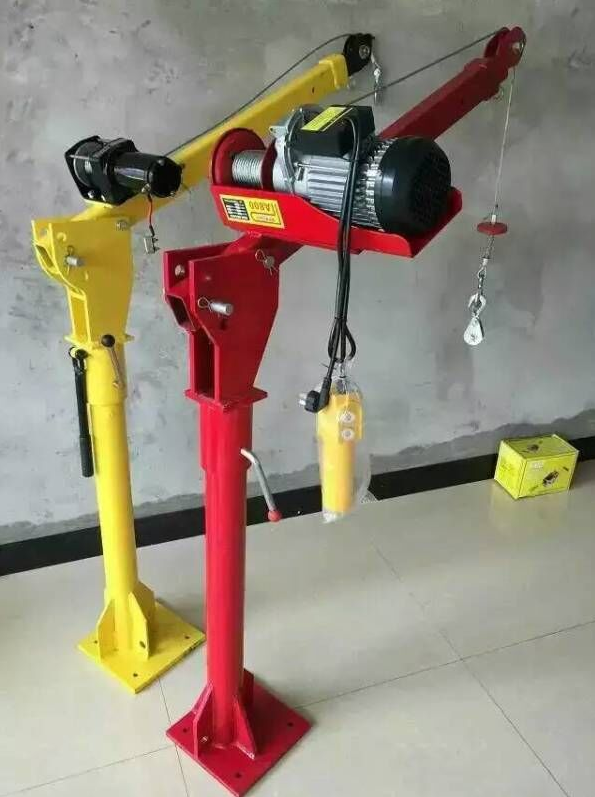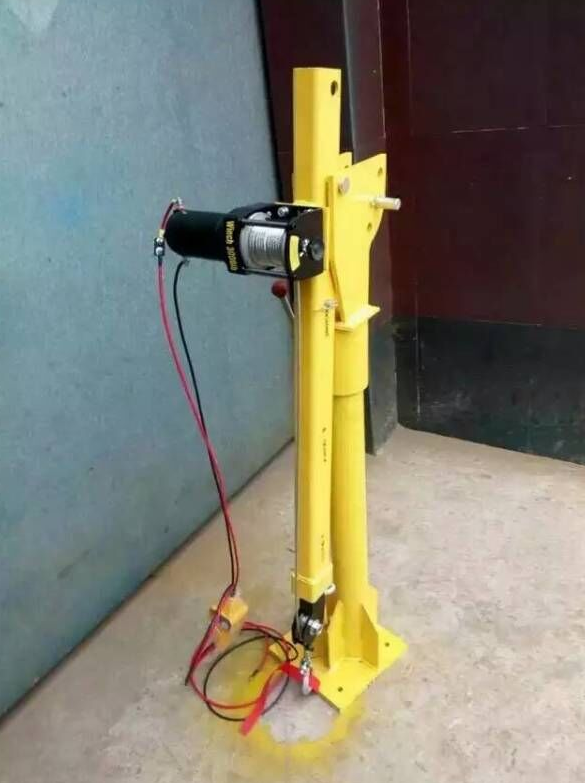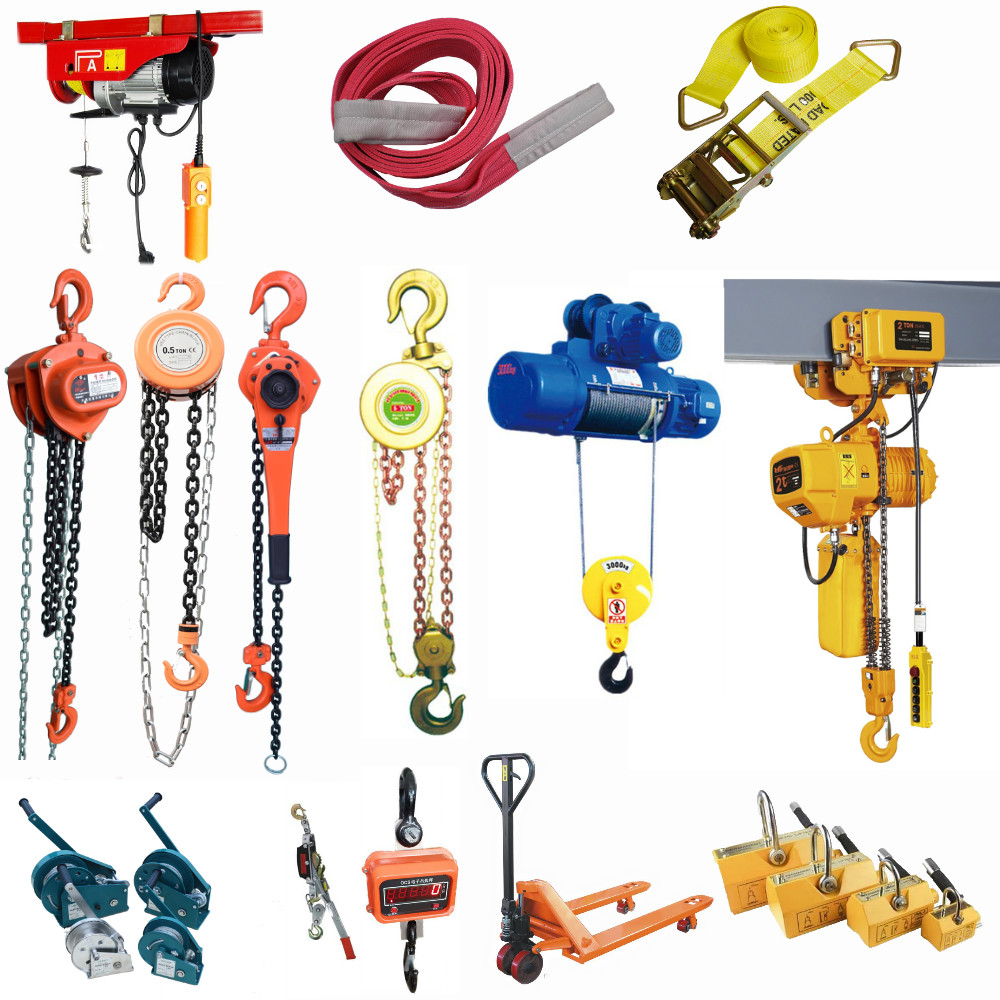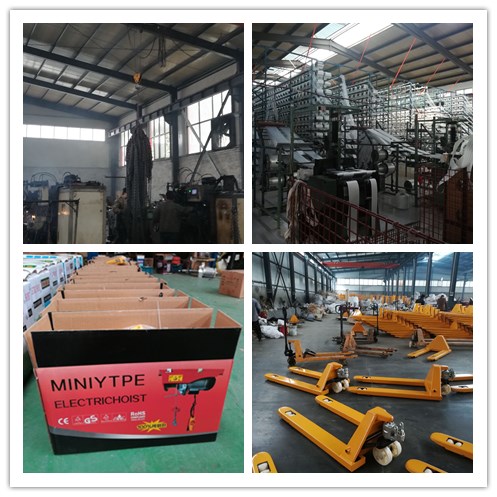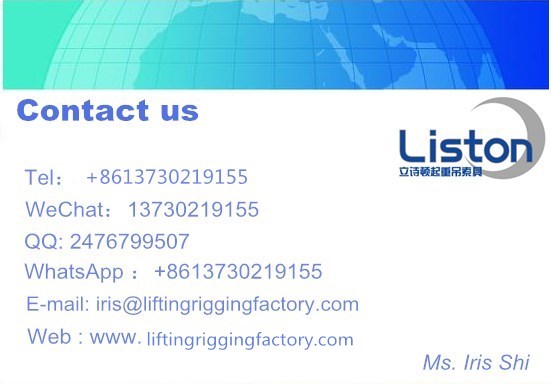Western Hubei there are a lot of red iron ore resources, total proven reserves of 1.895 billion tons, long-term resources of up to three billion to 40 billion tons. The harmful component of the ore has a phosphorus content of 0.3% to 1.8%, and the SiO 2 content is also high, ranging from 10% to 15%, and the sulfur content is 0.01% to 0.4%. The ore has a braided structure and belongs to the “Ningxiang styleâ€. The braided hematite has not been exploited due to its difficult to select characteristics. Entrusted by a unit in Yichang City, an optional experimental study was conducted on a high-phosphorus hematite in Yichang. Under the conditions of 50.09% of iron ore content and 0.53% phosphorus content, selective flocculation de-sludge-reverse flotation A good indicator of 57.43% concentrate iron grade, 71.80% recovery rate and 0.18% phosphorus content can be obtained. The separation effect of the combined collector on the ore was discussed. The results showed that the flotation index similar to that of the single collector was 800g/t when the amount of the collector was 300g/t, and the collector was reduced. The dosage has solved the problem of iron and phosphorus reduction in this mine, and provided a certain basis for the development and utilization of similar ore. First, the nature of the ore The ore is sampled and distributed according to the ratio of four different locations in a mine in Yichang. The ore is a lump ore with a larger particle size range. The ore crusher and the roller crusher and sieving machine are used to crush the ore to -2mm, and mix and shrink. To 1 kg per bag, and sample for chemical multi-element analysis, phase analysis. The multi-element analysis results of the ore-bearing chemistry and the iron phase analysis results are shown in Tables 1 and 2, respectively. Table 1 Results of multi-element analysis of ore chemistry element TFe FeO SiO 2 P CaO MgO Al 2 O 3 content(%) 50.09 8.30 17.28 0.53 3.39 1.36 6.75 Table 2 Analysis results of iron mineral phase Iron phase Magnetic iron Iron carbonate Iron sulfide Iron silicate Red brown iron content(%) / 1.68 0.041 5.33 43.04 Occupancy rate (%) / 3.36 0.08 10.64 85.92 It can be seen from Table 1 that the element with recoverable value in the ore is only iron, the iron grade is 50.09%, the main impurity SiO 2 grade is 17.28%, the phosphorus content is 0.53%, and (CaO+MgO)/(SiO 2 + Al 2 O 3 ) < 0.5, which is an acidic non-self-melting ore. The results of phase analysis show that the iron mineral is mainly red brown iron, accounting for 85.92%, a small amount of iron silicate, iron carbonate and iron sulfide, and does not contain magnetic iron. Process mineralogical studies have shown that the iron minerals in the ore are mainly red limonite, accounting for more than 80%. The main gangue minerals are quartz , clay minerals and colloidal phosphate. The ore is a conical structure with concentric circles. The particle size of the granules is generally 100-120 μm, the largest is 200 μm, and the minimum is 60 μm. The clay minerals and hematite in the granules grow together, and the two cannot be dissociated. Quartz is irregular in granular shape, the particle size is generally 60-80μm, the largest is 95μm, the minimum is 10μm, the surface is smooth, the content is 15%-20%; the clay mineral and hematite are intertwined, the particle size is less than 2μm, The content is about 15%; the phosphorus mineral is a mixture of colloidal phosphate and apatite, which is densely symbiotic with the granules. Second, experimental research (1) Grinding test Grinding uses XMQ-67 type Ф240×90mm ball mill , each grinding 250g, grinding concentration is 50%. Before grinding, NaOH and Na 2 SiO 3 were added as dispersing agents, and corn starch 100 g/t which selectively flocculated iron minerals was added before de-mudging. The flotation adopts XDF single-tank flotation machine, the flotation concentration is about 30%, NaOH is the pulp pH adjuster, HZ is the inhibitor of iron mineral, CaO is the quartz activator, MG is the collector, reverse flotation The test process is shown in Figure 1. The effect of grinding time on the flotation index is shown in Figure 2. Figure 1 Reverse flotation test flow Figure 2 Effect of grinding time on flotation indicators With the increase of grinding fineness, the grade of concentrate iron continues to rise, and the iron recovery rate continues to decrease. When the grinding time increases from 1 min to 6 min, the concentrate grade increases from 51.74% to 54.06%, and the grinding time continues to increase. By 9 minutes, the iron grade did not increase significantly. Therefore, the grinding time is 6 min, and the grinding fineness under this condition is -74um accounting for 94.17%. (2) Slurry temperature test Alkyl counter-flotation is commonly used in fatty acid collectors. These agents are mostly in the form of micelles at room temperature in an alkaline medium, and rarely have a floating active form. For a long time, anion reverse flotation usually requires heating the slurry. In order to maintain a high degree of dispersion of the collector, an ideal sorting index is obtained. However, the cost of slurry heating is too high. The current research is mainly focused on flotation at room temperature (about 25 °C). The slurry temperature test conditions are: NaOH dosage 1500g/t, HZ dosage 1000g/t, CaO500g/t, MG400g/t, changing slurry temperature, and the effect of slurry temperature on flotation index is shown in Fig. 3. When the slurry temperature is 10 and 15 °C, the flotation index is not ideal. The concentrate grade is only 52-53%, and the phosphorus grade is 0.53%. It can be seen that the anion collector MG can not achieve low temperature flotation; From 20 ° C to 40 ° C, the concentrate iron grade increased from 54.99% to 56.42%, the iron recovery rate decreased from 73.52% to 63.56%, and the phosphorus content decreased from 0.37% to 0.29%. From the perspective of energy conservation, the optimum slurry temperature is 25 °C. Under the condition of MG dosage of 400g/t, the flotation index of 55.06% concentrate grade, 76.50% recovery rate and 0.36% phosphorus grade can be obtained. (a) (b) Figure 3 Effect of slurry temperature on flotation index (a) the effect of slurry temperature on concentrate grade and recovery rate; (b) the effect of slurry temperature on concentrate grade (3) pH adjuster dosage test The test conditions of NaOH dosage are: HZ dosage 1000g/t, CaO500g/t, MG400g/t, changing NaOH dosage, and the effect of NaOH dosage on flotation index is shown in Fig. 4. (a) The effect of the amount of NaOH on the grade and recovery of concentrate iron; (b) Effect of NaOH dosage on concentrate phosphorus grade Figure 4 Effect of NaOH dosage on flotation index It can be seen from Fig. 4(a) that as the amount of NaOH increases, the grade of concentrate iron increases continuously, and the recovery rate decreases continuously. When the dosage is 2000g/t, the concentrate grade reaches 55.15%, and the recovery rate reaches 76.59%. When the amount of NaOH reaches 2500g/t, the concentrate grade decreases. As shown in Fig. 4(b), as the amount of NaOH increases, the grade of phosphate in the concentrate does not change much and remains between 0.35 and 0.4%, so the optimum amount of NaOH is 2000 g/t. (4) Collecting agent dosage test The test conditions of MG dosage are: NaOH dosage 2000g/t, HZ dosage 1000g/t, CaO500g/t, changing MG dosage, and the effect of NaOH dosage on flotation index is shown in Fig. 5. (a) (b) Figure 5 Effect of MG dosage on flotation index (a) the effect of MG dosage on concentrate grade and recovery rate; (b) the effect of MG dosage on concentrate grade As can be seen from Figure 5 (a), when the amount of collector MG is 400g / t, the concentrate iron grade is 55.15%, the recovery rate is 76.59%, the phosphorus grade is 0.36%, and when the MG dosage is 800g / t At that time, the concentrate iron grade rose to 56.74%, the recovery rate was 65.23%, and the phosphorus content decreased to 0.22%. As the amount of MG increases, the grade of concentrate iron increases, the recovery rate decreases, and the concentrate grade reaches the maximum at the MG dosage of 800g/t. After that, the concentrate grade and recovery rate increase with the increase of MG dosage to 1000g/t. As shown in Figure 5 (b), the concentrate grade of the concentrate continues to decrease as the amount of collector MG increases, and the amount of collector MG is determined to be 800 g/t. (5) Inhibitor dosage test It can be seen from Fig. 6(a) that when the amount of HZ is increased from 1000g/t to 1500g/t, the grade of concentrate iron does not change much, and the recovery rate increases by 73.63% from 65.23%. After that, the amount of HZ continues to increase, and iron The grade continued to decline, and the iron recovery rate continued to increase. From Figure 6 (b), it can be seen that the concentrate grade of phosphorus in the concentrate is also reduced to a minimum of 1500g/t in HZ, and the amount of inhibitor is determined to be 1500g/t. Under this condition, the concentrate grade is 56.66%, the recovery is 73.63%, and the phosphorus grade is 0.21%. (a) (b) Figure 6 Effect of HZ dosage on flotation index (a) The effect of HZ dosage on concentrate grade and recovery rate; (b) The effect of HZ dosage on concentrate grade (6) Open circuit test After determining the effects of flotation agent dosage, pulp concentration and temperature on the flotation index, in order to improve the selectivity of the flotation reagent, a stepwise dosing method was adopted. Through a large number of experiments, it was determined that the open-circuit test process was a selection of two rough selections, and the flotation process is shown in Figure 7. The amount of dispersant NaOH is 1000g/t, the amount of Na 2 SiO 3 is 500g/t, the amount of crude NaOH is 2000g/t, the amount of polymer inhibitor HZ is 1500g/t, the amount of CaO is 500g/t, collector The MG dosage is 300 g/t, the selected IMG dosage is 300 g/t, and the selected IIMG dosage is 200 g/t is the best pharmaceutical system. Under the condition of 50.09% iron ore grade and 0.53% phosphorus grade, the open-circuit flotation test index is: the concentrate grade is 57.43%, the iron recovery rate is 71.80%, and the phosphorus grade is 0.18%. Figure 7 Open circuit test process Third, the combination drug test In the flotation process, the existing collectors are usually properly matched and used in combination. The combination of drugs can generally achieve the following effects: 1) Improve the flotation index, and the combined agent can improve the grade, recovery rate and flotation speed respectively, and can simultaneously improve several indicators. 2) Expanding the source of raw materials for pharmaceuticals and using them in combination can reduce the consumption of main drugs and alleviate the shortage of certain raw materials. 3) Reducing the dosage of the drug, combined with the drug due to the synergistic effect between the agents, when the ratio is appropriate, the total amount of the agent can be reduced, thereby reducing the cost of the beneficiation . 4) Reduce environmental pollution. By combining drugs, the toxic and harmful agents can be partially or completely replaced by non-toxic, harmless or less toxic agents. A new type of multi-functional anion collector developed by MY Wuhan University of Technology has a simple synthetic route, a wide range of raw materials and good foaming performance. Combine MG and MY in a ratio of 2:1. Under the condition of 300g/t, the concentrate grade is 56.83%, the recovery rate is 72.41%, and the phosphorus grade is 0.18%. This index is MG800g/t alone. Approximate time. The flotation test process is shown in Figure 8, and the test indicators are compared in Table 3. Figure 8 combined drug testing process Table 3 Comparison of combined drug use and drug use test indicators Dosage amount / g / t Concentrate grade /% Iron recovery rate /% Phosphorus grade /% MG MY Combined collector 200 100 56.83 72.41 0.18 Single collector 800 / 57.43 71.80 0.18 Single collector / 600 56.40 33.53 0.25 Fourth, the conclusion a The ore has an iron grade of 50.09%, a phosphorus content of 0.53%, and a SiO 2 grade of 17.28%, which is an acidic non-self-dissolving ore. The iron mineral is mainly red limonite, and the ore is a braided structure, which is a typical refractory ore. b The reverse flotation open process is a selection of two rough selections. The crude NaOH dosage is 2000g/t, the HZ dosage is 1500g/t, the CaO dosage is 500g/t, the MG dosage is 300g/t, and the IMG dosage is selected. For 300g/t, the selected IIMG dosage is 200g/t as the best pharmaceutical system. Under the condition of 50.09% iron ore grade and 0.53% phosphorus grade, the fine iron grade is 57.43%, the iron recovery rate is 71.80%, and the phosphorus content is 0.18%. c MG and MY are combined in a ratio of 2:1. Under the condition of 300g/t, a similar flotation index can be obtained when MG800g/t is used alone, which can greatly reduce the cost of beneficiation. The synergistic effect is mainly due to the co-adsorption of the combined agent on the mineral surface. Compared with the single use, the adsorption amount is large, the adsorption layer is relatively dense, the adsorption layer and the hydrophobic layer are formed faster, and the flocculation of the particles is larger. The adhesion time with the bubbles is shorter, which changes the hydrophobicity of the mineral surface, the adhesion probability of the ore particles and the bubbles, the adhesion strength and the contact time, and is optimized under certain conditions. Due to the increase of the adsorption density, the hydrophobicity of the mineral surface is enhanced and the floatability is increased, so that the amount of the collector can be reduced.
Car lift crane can be used in a variety of environmental, field operations, laboratories, schools, construction, decoration and assembly lines, light trucks, vans, light trucks, heavy trucks, caravans, cars, loading docks, platforms, rescue vehicles matching use; Car lift cranesupporting alternative vehicle small jib cranes, bridges, storage and cargo handling cars and so on, set a number of advantages in one.The package of Car lift crane wooden case .
About us
Contact us
Car Lift Crane Car Lift Crane,Car Crane Crane Lift,Car Small Lift Crane,Hydraulic Car Lift Crane Hebei Liston Lifting Rigging Manufacturing Co., Ltd. , https://www.liftingriggingfactory.com









